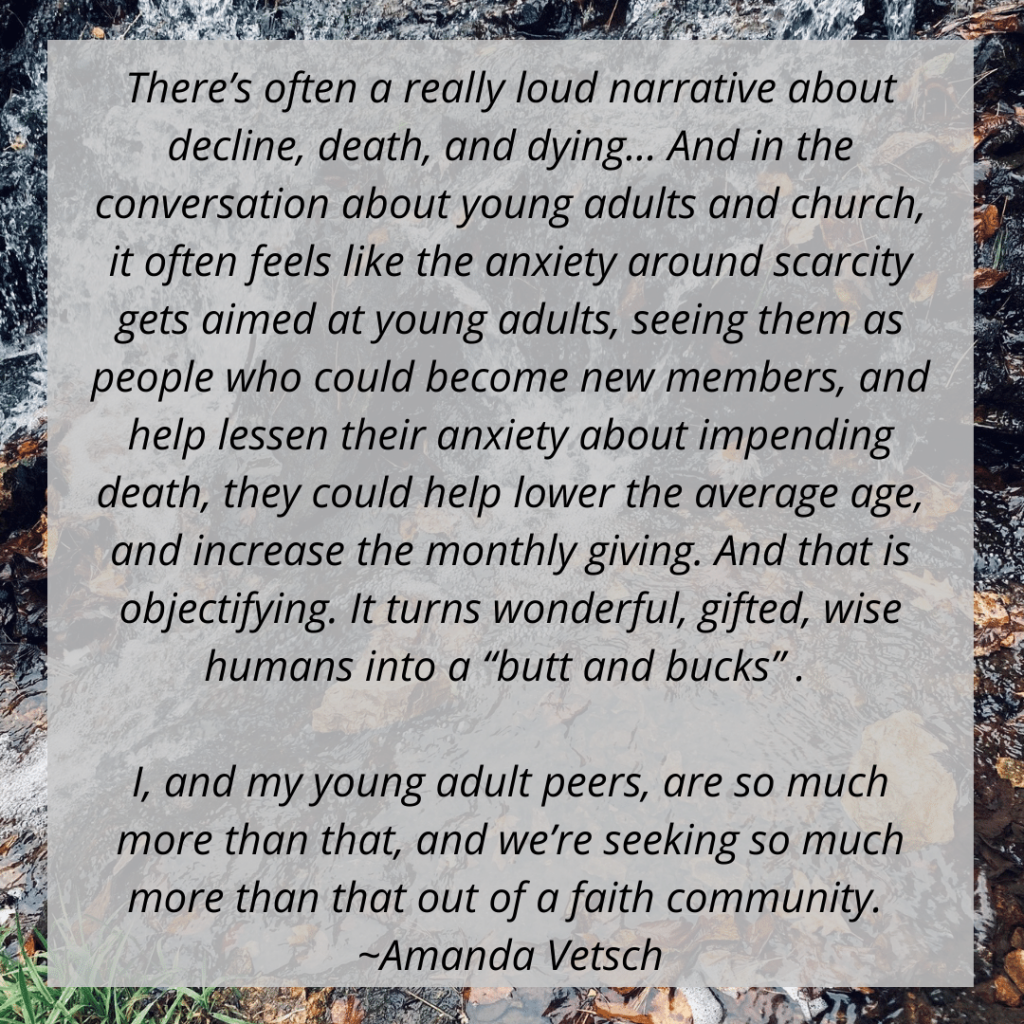The Riverside Innovation Hub is a learning community made of local congregations who gather together to learn how to be and become public church in their neighborhood contexts. We convene congregations over two years together, shaped by learning and practicing the artforms of the Public Church Framework in each congregation’s unique context.
Accompaniment is the first artform of the Public Church Framework. It is the movement out into the neighborhood to hear the neighbors’ stories. In this movement, we learn to engage and listen to the neighbor for the neighbor’s sake. We’ve simplified and categorized accompaniment into four different practices that help us hear our neighbors’ stories. This blog post dives into the second layer of accompaniment, a prayer walks in the neighborhood.
You can also read more about the previous layer in our last blog post – Becoming familiar with the Demographics of your neighborhood
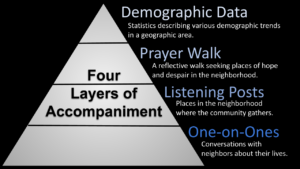 Often congregations may begin at the top of the triangle and work down as a pathway to getting to know the neighbor. However, notice the proportions of each of the layers match the amount of time folks are encouraged to spend with each aspect. Demographic information begins to help us get to know things about our neighbors and may spark curiosity around things we want to learn more about, but to really get to know our neighbors, one to one conversations are at the heart of building real relationships.
Often congregations may begin at the top of the triangle and work down as a pathway to getting to know the neighbor. However, notice the proportions of each of the layers match the amount of time folks are encouraged to spend with each aspect. Demographic information begins to help us get to know things about our neighbors and may spark curiosity around things we want to learn more about, but to really get to know our neighbors, one to one conversations are at the heart of building real relationships.
The Prayer Walk in the Neighborhood
Written by Kristina Frugé
The practice of a neighborhood prayer walk is inspired by the Ignatian Awareness Examen, a contemplative prayer exercise that guides you through an examination of your day as you prayerfully seek moments of desolation and moments of consolation.
Moments of desolation are times of sorrow, brokenness, fear, anxiety, etc.
Moments of consolation are times of hope, healing, courage, peace, etc.
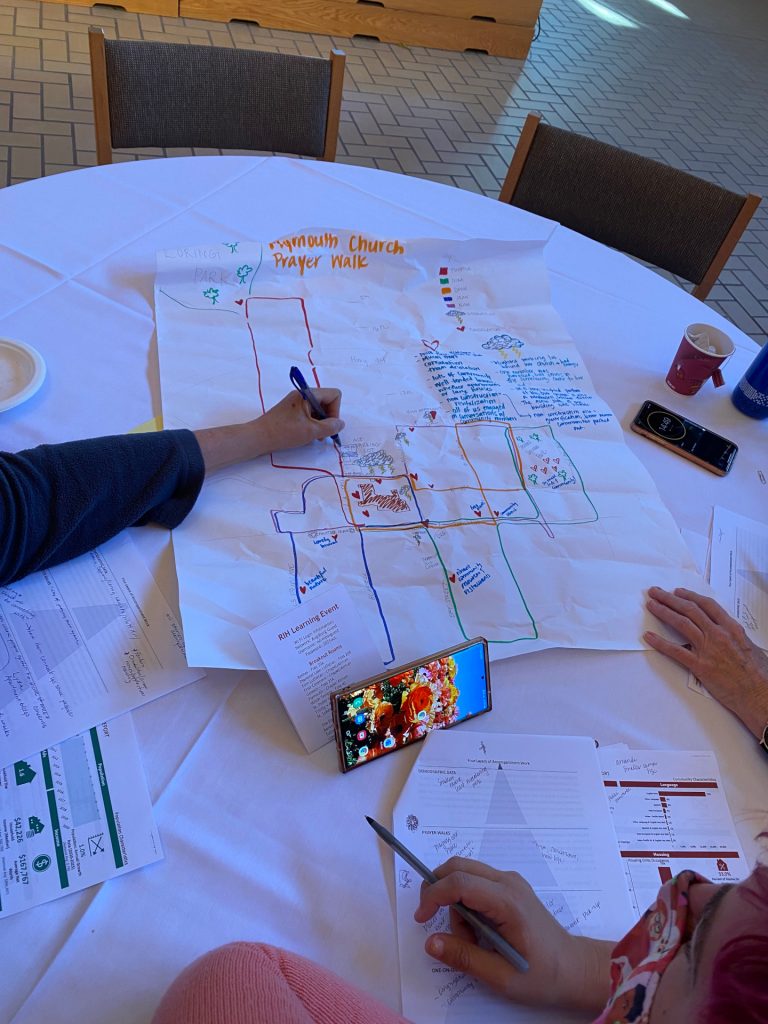 You can use the lens of desolation and consolation as you walk through the neighborhood in which your faith community is located, asking God to show you the places of desolation and consolation in that neighborhood. The general outline of this activity includes walking through the neighborhood, paying particular attention to what stands out as consolation and desolation. Then, together, with people in your faith community, reflect on what you saw, felt, sensed and heard and map the locations of those places of consolation and desolation on a shared map. You will find some simple instructions at the end of this post to help you plan for a prayer walk. However, while this activity is fairly straightforward, there are some important aspects to be aware of as you begin.
You can use the lens of desolation and consolation as you walk through the neighborhood in which your faith community is located, asking God to show you the places of desolation and consolation in that neighborhood. The general outline of this activity includes walking through the neighborhood, paying particular attention to what stands out as consolation and desolation. Then, together, with people in your faith community, reflect on what you saw, felt, sensed and heard and map the locations of those places of consolation and desolation on a shared map. You will find some simple instructions at the end of this post to help you plan for a prayer walk. However, while this activity is fairly straightforward, there are some important aspects to be aware of as you begin.
In all of our efforts to become vital neighbors, we will find ourselves encountering people and places we don’t know or don’t know very well. We will encounter differences between ourselves and others – whether it be racially, religiously, socio-economically, generationally, or across so many other distinctions. We also expect to experience connection as we discover similarities – love of the same local business, or our pets, or our children, or perhaps share similar fears or longings for ourselves and our neighborhoods. Continue reading “Accompaniment: The Prayer Walk in the Neighborhood” →






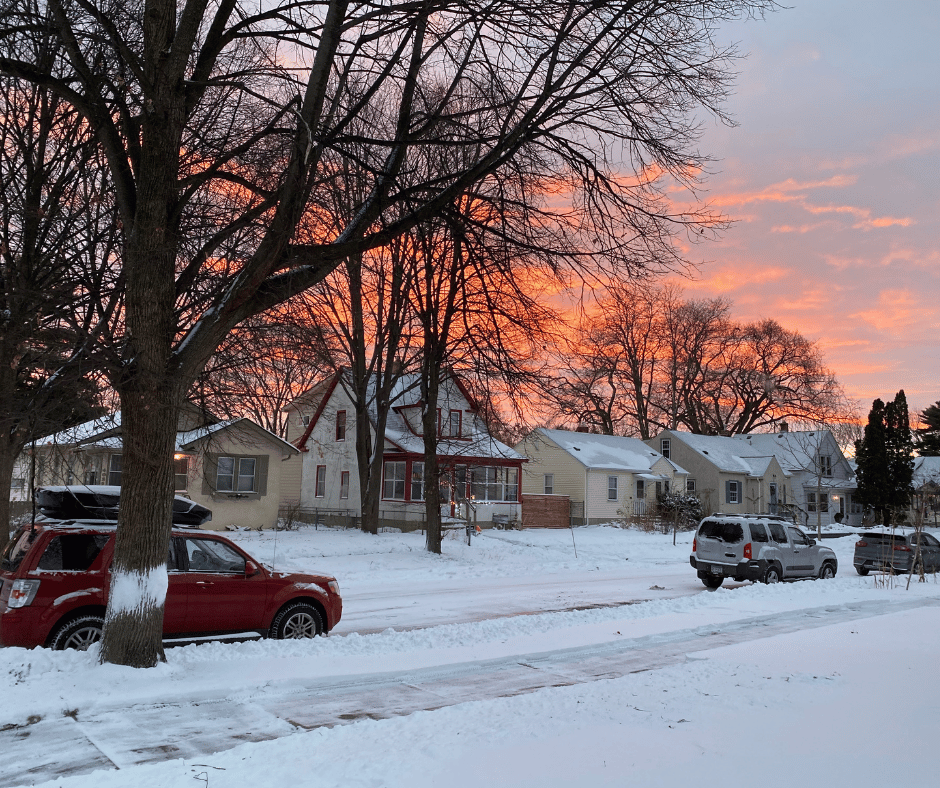 Summary and Learning Outcomes
Summary and Learning Outcomes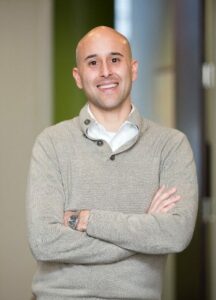
 This fall, the theme in Campus Ministry is “Uncovering the Mystery”, a theme that in itself allows space for multiple meanings: holding space for Scripture, learning from one another in community, and practicing listening deeply, to name a few. But it also encourages us to explore some big questions together. Does something need to be uncovered in our lives in order to live into God’s call more fully? How might we make space for new wisdom to take root, to reveal what has felt hidden? Will something about our vocation be made clearer to us this year? Maybe sitting in mystery together can allow for new understandings, as well as a comfort with the unknown.
This fall, the theme in Campus Ministry is “Uncovering the Mystery”, a theme that in itself allows space for multiple meanings: holding space for Scripture, learning from one another in community, and practicing listening deeply, to name a few. But it also encourages us to explore some big questions together. Does something need to be uncovered in our lives in order to live into God’s call more fully? How might we make space for new wisdom to take root, to reveal what has felt hidden? Will something about our vocation be made clearer to us this year? Maybe sitting in mystery together can allow for new understandings, as well as a comfort with the unknown.  The theme of “Uncovering the Mystery” similarly invites us to come closer and sit together in life and faith’s countless question marks, in the hope that new understanding and new life is just around the corner, waiting to be revealed. We’re so happy to welcome students back to campus this fall, and welcome all to come be a part of all that’s going on in campus ministries!
The theme of “Uncovering the Mystery” similarly invites us to come closer and sit together in life and faith’s countless question marks, in the hope that new understanding and new life is just around the corner, waiting to be revealed. We’re so happy to welcome students back to campus this fall, and welcome all to come be a part of all that’s going on in campus ministries! 